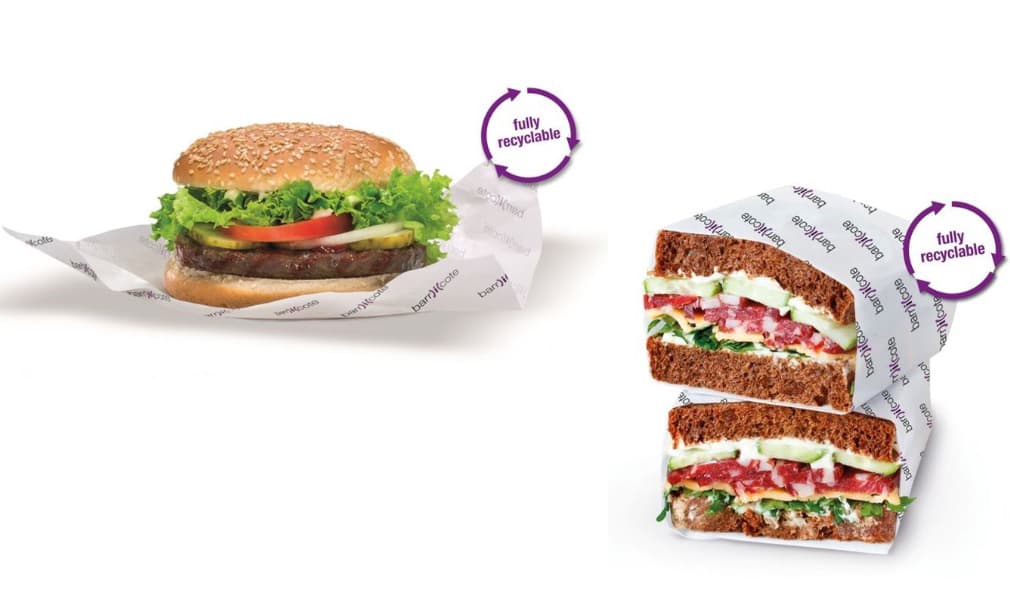Mitsubishi HiTec Paper produces recyclable barrier papers with water-based coatings for food and non-food packaging under the brand name barricote®. In the EU, the so-called SUPD (Single Use Plastics Directive) has created a great deal of uncertainty for this innovative and sustainable packaging material, on which we would like to take a position, as follows.
By July 3, 2021, two years after the Single Use Plastic Directive (EU) 2019/904 came into force in the European Union, the member states had to transpose the directive into national law. We expressly support the goal of avoiding and reducing littering and pollution through single-use plastic.
The intention of the guidelines published at the end of May 2021 was to provide clarity about the interpretation of the terms used in the directive. Unfortunately, the opposite is the case, because the conceptual definitions in the guidelines have created a great deal of uncertainty in paper production and processing. In particular, this concerns the statements about what is to be understood by a “main structural component” and by a “plastic coating”. It is true that the regulation and guideline underline the fact that paper can function as a sustainable alternative to single-use plastic items. At the same time, however, it is stated: “If, however, a plastic coating […] is applied to the surface of a material made of paper or cardboard or another material in order to offer protection against water or grease, the end product is considered to be a composite article, […] and [falls] […] within the scope of the directive.”
In this context, we expressly point out that the application of aqueous dispersions to the paper surface used by us for the production of our barricote barrier papers cannot be equated with a “plastic coating” – as so-called in the guidelines. No separate plastic layer is produced, but instead the natural and synthetic materials selectively protect the underlying paper against external influences, without creating a structure-giving or separable plastic layer.
These contradicting and ambiguous definitions of terms lead to great uncertainty in future product design. In the packaging sector, this inhibits the development of innovative biogenic and paper-based materials that are developed with the aim of achieving the best possible recyclability and biodegradability.
We therefore support the demands of the PTS (Papiertechnische Stiftung) and the DIE PAPIERINDUSTRIE e.V. association to the legislative bodies to create clarity in the interpretation of the directive and laws in the interests of the companies subject to them, and to expressly exclude papers with water-based dispersion coatings from the scope of the directive.
Further explanations of our point of view:
For over six years we have been making a valuable contribution to the actual goal of SUPD with our innovative barricote barrier papers, namely the reduction of pollution and littering of the environment with single-use plastics. Because our barrier papers are fully recyclable in the waste paper cycle, confirmed by PTS and cyclos-HTP, and replace classis plastic products.
Today ensuring full protection of packaged goods is still not possible without polymer-containing barrier products. But the proportion of plastic can already be significantly reduced and the product can thus be produced in a recyclable manner. We are intensively researching on completely plastic-free solutions and expect the first results within the next few years. We also believe that the use of bio-based and biodegradable plastics in combination with paper as a carrier material should continue to be an important component of alternative barrier products. Many of the substances used are approved in everyday products and food and have been shown to pose no health risk.
Aqueous dispersions themselves are not dimensionally stable without a carrier material. They do not represent a separable and stand-alone component and therefore, in our opinion, do not fall under the SUPD. Coatings made from aqueous plastic dispersions are to be regarded as paints, varnishes and adhesives (bonding agents, adhesion promoters, etc.). They do not form an independent structural element that can stand alone, but are only stable in connection with a carrier material as the actual component.
